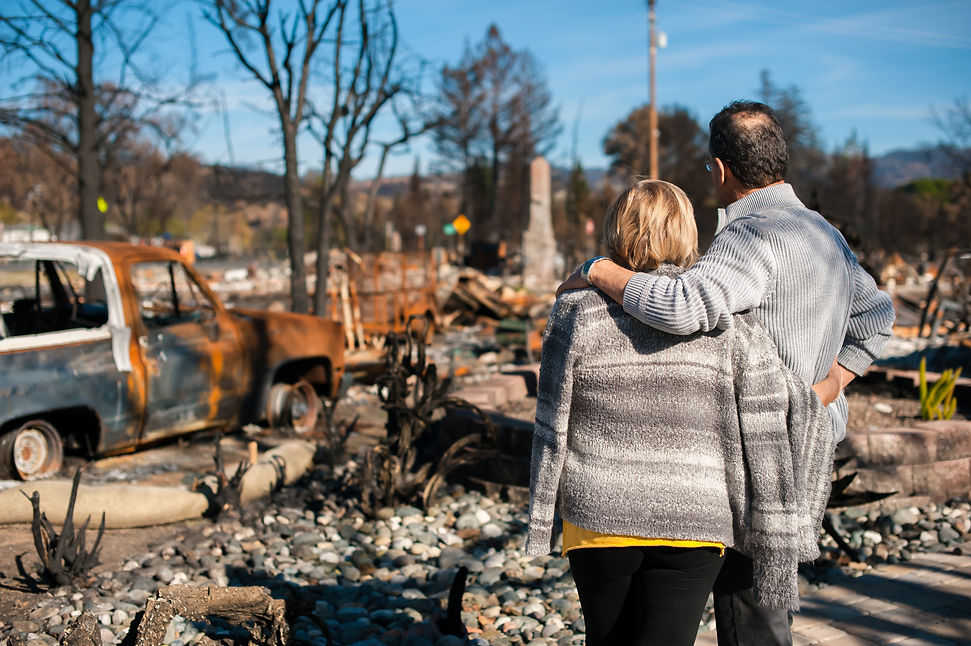
Active Shooter
-
Be aware of your environment and any possible dangers
-
Take note of your nearest exits in facilities or public places
-
If you are in an office or enclosed room during an active emergency, stay there and secure the door
-
If you are in a hallway, get into a room and secure the door
-
As a last resort, you can attempt to incapacitate the assailant.
Active Shooter situations can arise at any time and happen in virtually any public location where individuals gather. These tragic situations are unpredictable and evolve quickly.
While immediate deployment of law enforcement is required in all active shooter incidences, they are often over quickly; within 10 to 15 minutes. Individuals must be prepared (both mentally and physically) to handle an active shooter situation before, and after, help arrives.
Knowing how to handle an active shooter situation could make all the difference. Here are some things to consider before or during an emergency situation:
Preparing for the Unexpected

Ready at Work
Due to the unexpected nature of active shooter incidents, there is no telling when one will strike. An established Emergency Action Plan (EAP) in your workplace can ensure everyone is equipped to face the unexpected. To learn more about what your workplace preparedness plan should include, consider visiting our page for an in-depth look at EAPs.
Workplace Training
One of the most effective ways to prepare for an active shooter situation is with simulation exercises. Partnering with local law enforcement can be an excellent resource in designing and executing training exercises that will empower both you and your colleagues to know how to properly react in times of crisis.
Training can help you develop these life-saving skills:
Recognize the Sounds
-
Recognizing the sound of gunshots
-
Reacting quickly when gunshots are heard and/or when a shooting is witnessed
-
Evacuating the area
-
Hiding out
-
Acting against the shooter as a last resort
-
Calling 9-1-1
-
Reacting when law enforcement arrives
-
Adopting the survival mindset during times of crisis
Run, Hide, Fight, or Freeze
In an era where active-shooter situations have become all too frequent, the importance of training individuals to respond effectively cannot be overstated. The “Run, Hide, Fight” method, developed by the Department of Homeland Security, provides a clear, concise strategy that is applicable across a variety of scenarios.
Understanding each stage of the “Run, Hide, Fight” strategy is important. By prioritizing escape (Run), individuals can significantly increase their chances of survival. When escape is not possible, hiding (Hide) out of sight can minimize the chance of becoming a target. As a last resort, fighting (Fight) back aggressively, with the sole aim of survival, can be the difference between life and death.

Freeze
It is common for individuals to freeze when faced with shocking and traumatic events. This is a natural response, and some individuals may take longer to react as they mentally process the situation. In such situations, it is crucial to act quickly and move from being a passive bystander to taking action to ensure your survival. Remember to stay calm and breathe to assess the situation. If you find yourself freezing prioritizing hiding is the best way to stay safe.
To learn more about what to do during and after an Active Shooter Situation, please visit our site at SafeOC.

Need Help?
Going through an active shooter situation can be an overwhelming and traumatic experience that can leave you feeling isolated and helpless. But it is important to remember you're not alone. There are resources available to help you process the aftermath of such events.
If you or someone you know is struggling, there are organizations and professionals who can provide support and guidance. Survivors can call 2-1-1 to receive help and find resources in the Orange County community. Whether it's counseling, therapy, or just someone to talk to, don't hesitate to reach out and get the support you need.
This is a free and confidential service that helps people across North America find the local resources they need 24 hours a day, seven days a week. 2-1-1 can be accessed via phone or computer. Remember, healing is a process, and with the right help, you can move forward and find hope and healing.





